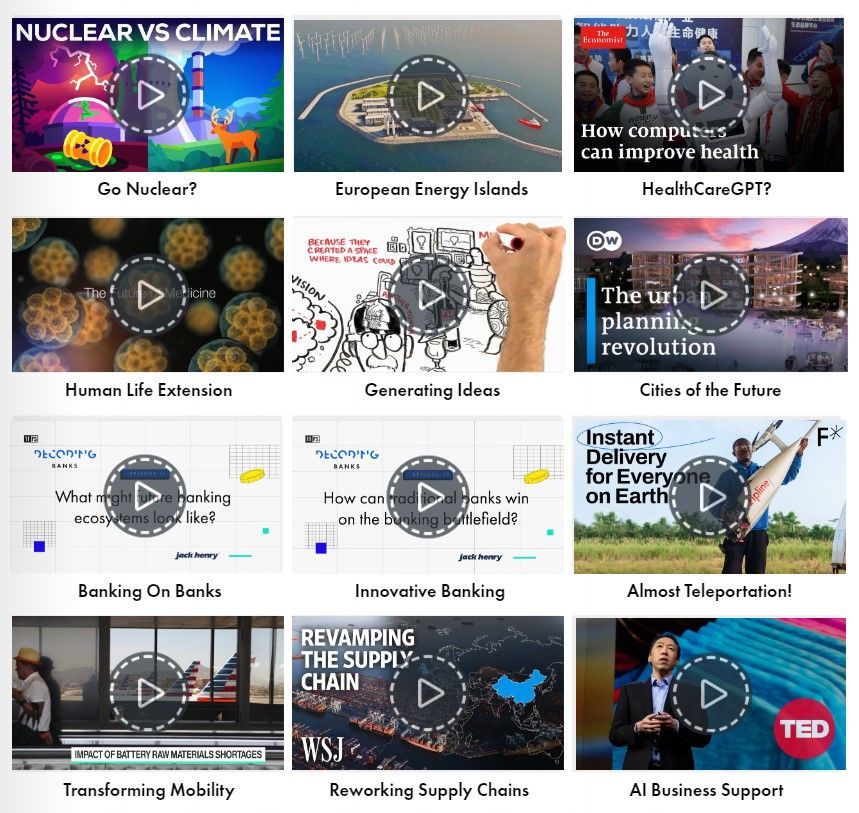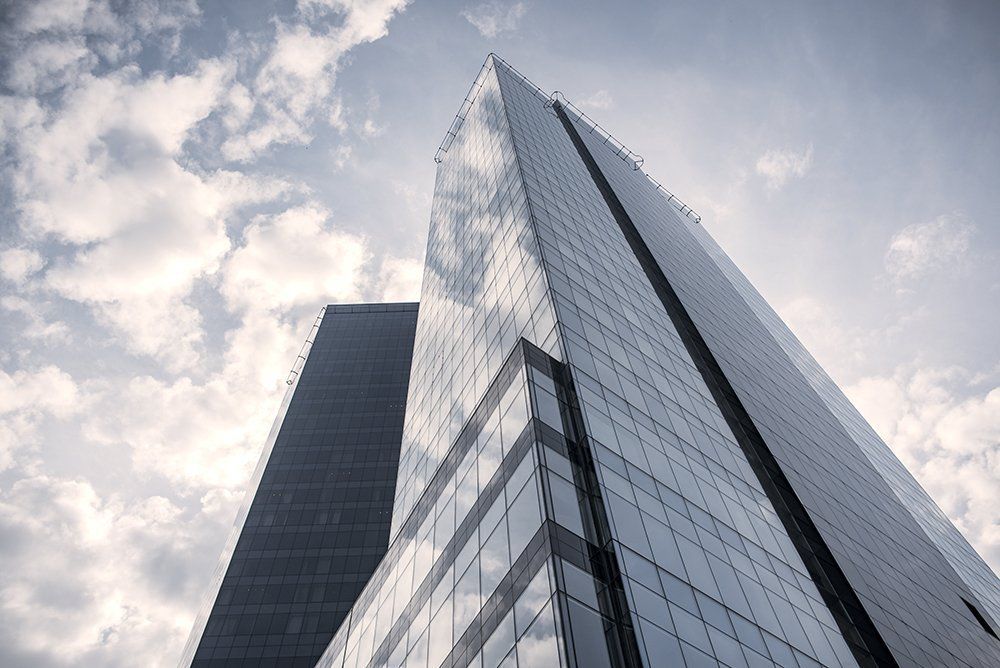1MG FlippingBooks
Innovation parks done well promote entrepreneurship
For disruptive innovation, and considered collaboration, few physical spaces open as much opportunity and entrepreneurship as well-designed innovation districts, as Reggie Cabal explains.

Sydney’s Macquarie Park Innovation District
From Boston’s 1,000-acre innovation district to Be’er Sheva innovation city in Israel, innovation parks have been around for decades. Traditionally hubs for technology R&D, they attract a cluster of tech businesses at various stages of maturity to co-locate and share knowledge or skills. They are often also co-located with an academic institute – a source of a steady stream of talent as well as research capabilities.
Silicon Valley, for example, benefits from its proximity to Stanford University and UC Berkeley. It’s exciting to also see new urban models emerge. These innovation districts are revitalising urban areas and building creative, walkable precincts. They create a new level of energy in a business park environment.
In their essay on the rise of innovation districts in the United States, Bruce Katz and Julie Wagner define innovation districts as “geographic areas where leading-edge anchor institutions and companies cluster and connect with start-ups, business incubators and accelerators”. They are also well-integrated into the surrounding community, with housing, retail, education and transport all close by.
Diversity thrives beyond the confines of the innovation districts when they enable the exchange of ideas – not just between businesses in one industry but between very different people from different backgrounds. They are more than technology or science parks because they are purposely designed to attract a diverse mix of organisations and create “bump” opportunities. These are the moments when true innovation happens, when ideas turn into opportunities with tangible and commercial possibility.
Having worked in Silicon Valley for 18 years, I know that the rate of ideas generated from innovation districts can create a sense of momentum that is inspiring. As well as providing a solid foundation for business growth, they can also expand opportunities for education and jobs when they are part of a considered urban-planning strategy in areas ripe for regentrification.
Despite all these benefits, some of Australia’s innovation districts seem to be stuck in second gear. I suspect there are two reasons behind this. First, an innovation district needs to have a compelling proposition. What makes it different and what about it will attract the right people into the fold? What is its focus, and what benefits will it provide? Without clear answers to these questions, an innovation district will struggle to take flight.
Second, once this raison d’être can be articulated, success metrics should be put in place to ensure future sustainability. Examples could be the number of successful business launches or jobs generated. There could also be a focus on local community engagement, measurable by the number of events or programs that could be said to have enriched the lives of residents. Or it could be about creating links to not-for-profit organisations, or other socially responsible targets, or ensuring greater gender diversity among entrepreneurs.
This is simply a commercial planning approach: defining the one-to-three-year plan, and the three-to-five-year plan. An element of the Australian psyche is a strong desire to avoid failure. But there is an element of risk for any start-up – something Silicon Valley and other such districts openly acknowledge. The idea that “it’s okay to fail, as long as you learn” has to be part of any innovation district’s culture.
Some of the world’s most successful innovation districts share three distinctive features.
1. A compelling anchor
Any shopping centre operator will tell you how important the anchor tenant is to set the tone and draw the right mix of tenants and visitors. In an innovation district, this could be a university, a major tech company or another high-profile corporate with a collaborative culture. For example, Cortex Innovation Community in St Louis is adjacent to Washington University, Saint Louis University and Barnes Jewish Hospital. Sprawling across 200 acres (81 hectares), it has transformed what was a vacant industrial landscape into a commercial nursery contributing $US2.1 billion to regional business activity in 2018. St Louis is also home to the first Venture Café, a global not-for-profit that accelerates innovation by providing opportunities for people to connect, hone ideas and build relationships. Done well, this initiative can act as an anchor.
2. An inviting, visible hub
Innovation districts need a central point (like a Venture Café), a communal heart where people can gather. This should be architecturally appealing, drawing people in daily for those ad hoc bump moments. In the United Kingdom, the Engine Shed hosts over 1,200 events every year in the heritage Brunel’s Engine Shed at Temple Meads station in Bristol. It has become synonymous with the city’s tech start-up acceleration and is a partnership between the University of Bristol, Bristol City Council and the West of England Local Enterprise Partnership. Physical hub spaces allow fertile minds to meet formally or informally to learn or propound ideas. They also enable community involvement. One of the reasons ORIX supports Venture Café in Macquarie Park, Sydney, is the way it involves local residents. It’s a fantastic initiative: on any given Thursday, a diverse group of people with a shared interest in a topic will assemble and connect.
3. A mixed ecosystem
Once these first two elements are locked in, an innovation district is well-placed to attract a wide group of people, from students to investors. In 2010, New York Mayor Michael Bloomberg launched a $US100 million competition among universities to open an engineering and science centre on city-owned land on Roosevelt Island. The result was Cornell Tech – a partnership between Cornell University and Technion–Israel Institute of Technology (TATA). The graduate school has since been credited with enticing Amazon to consider building a headquarters in Queens and Google to open a campus in the West Village.
Closer to home, ORIX, a fleet leasing company, was drawn to Sydney’s Macquarie Park by its complementary pool of corporate and multinational headquarters alongside a leading university – and Australia’s only Venture Café. It has all the right ingredients to support a thriving start-up ecosystem.
We at ORIX believe new ideas and innovation have never been so important. We want to be part of innovation’s DNA and are willing to embrace the disruption that comes with that. We believe being part of an innovation district is a business enabler in every sense – for every type of business.
Reggie Cabal is the Chief Executive Officer and Managing Director at ORIX Australia and New Zealand, one of the leading fleet management, novated leasing and rental companies in Australia.



















